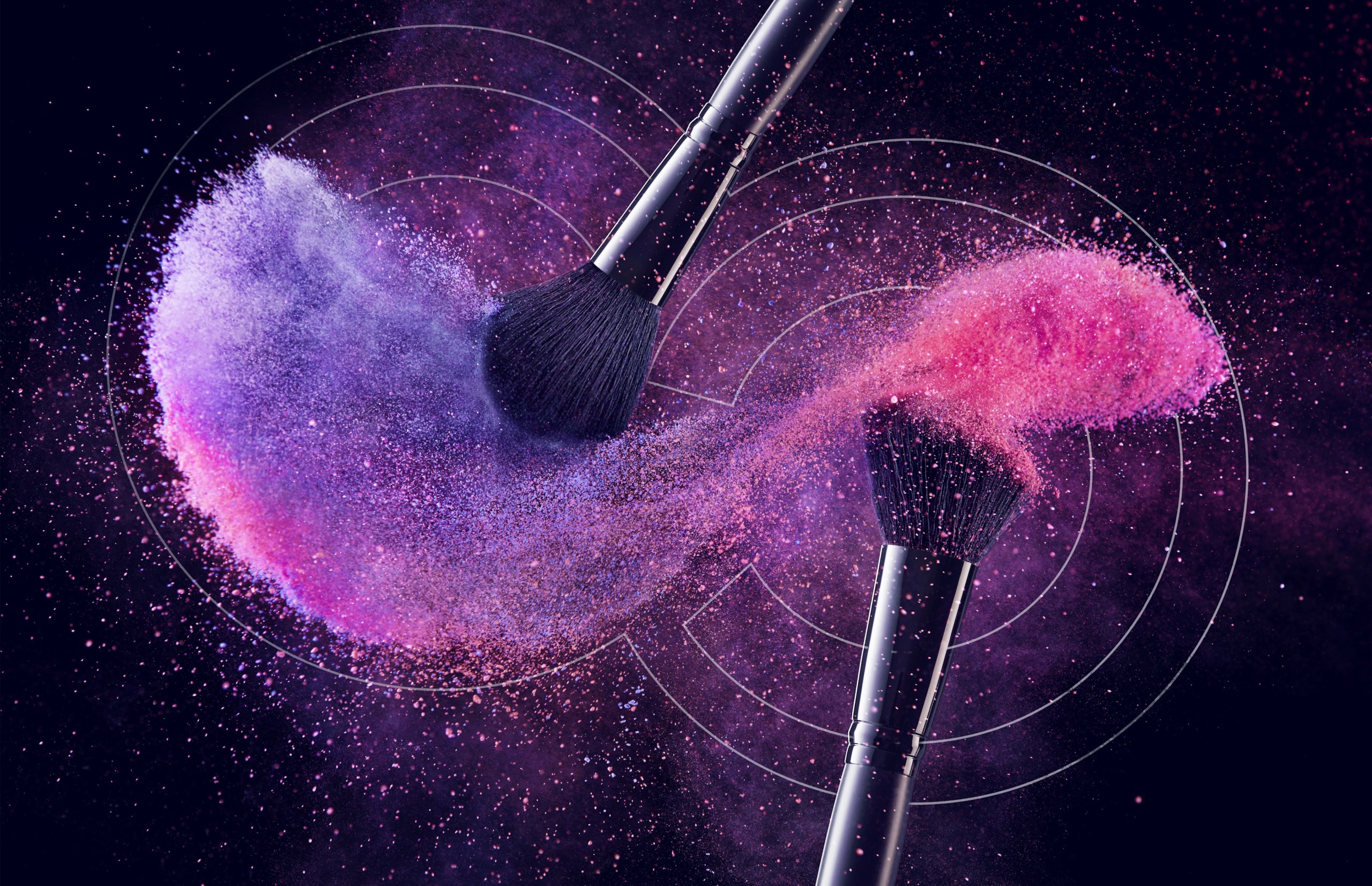Global Cosmetic Compliance Regulations and Software Screening

The cosmetics and personal care industry is one of the most lucrative markets globally. With consumer demand growing rapidly and regulations increasing, businesses need to ensure that their cosmetic regulatory compliance is accurate, or they could face reputational damage and financial loss.
At every stage of product development, from analyzing ingredients and their potency within the product, to testing, storage, labeling, packaging and product claims, teams need to ensure regulatory compliance. It’s time and resource-consuming, but essential. The financial and reputational damage associated with cosmetics compliance missteps is enormous.
Read more to learn about the different regulations that apply to the production of cosmetics in various countries and look at how cosmetic compliance software screening can drive streamlined, accurate and up-to-date compliance processes.
Understanding Cosmetic Regulatory Compliance
The cosmetics industry has now become strictly regulated, however, regulations, restrictions and guidelines vary from country to country. Each country or territory has its own cosmetic regulatory compliance regime that cosmetics and personal care brands, retailers and manufacturers must comply with to ensure that their products are approved for sale and use there. Below we will focus on the top regulations in the US, UK and EU as examples.
The US Food and Drug Administration (FDA) creates the cosmetics compliance regulations in the US. It regulates cosmetics under the authority of several federal laws enacted by Congress, but the two key ones are the Federal Food, Drug, and Cosmetic Act (FD&C Act) and the Fair Packaging and Labeling Act (FPLA).
The FD&C Act prohibits the marketing of adulterated or misbranded cosmetics in interstate commerce. Adulterated refers to violations involving product composition, whether they result from ingredients, contaminants, processing, packaging, or shipping and handling. Misbranded refers to violations involving improperly labeled or deceptively packaged products.
A product also may be misbranded due to failure to provide material facts. This means, for example, any directions for safe use and warning statements needed to ensure a product’s safe use. In addition, under the FPLA, FDA requires a list of ingredients for cosmetics marketed on a retail basis to consumers.
Cosmetics that do not comply with the FPLA are considered misbranded under the FD&C Act. This requirement does not apply to cosmetics distributed solely for professional use, institutional use (such as in schools or the workplace), or as free samples or hotel amenities. The FDA acts against cosmetics on the market that are in violation of these laws, as well as companies and individuals who market such products.
For a product to move freely within the European Union, the same labelling, packaging, and safety regulations must apply. With this in mind, an EU-wide Cosmetics Products Regulation ((EC) No. 1223/2009) entered into force in July 2013.
The key principle of the EU cosmetic compliance regulations is that the person or company who places the cosmetic product on the market is responsible for that product (so called ‘Responsible Person’). It is the responsibility of that person or company (usually the manufacturer or the importer) to ensure that the product is safe and meets all the requirements of the Cosmetics Regulation.
All stages of the development of the cosmetics product are regulated by the Cosmetics Regulation, from the choice of ingredients to the placing on the market of the product.
In the UK, the manufacturing and supply of all cosmetic products is governed by the UK cosmetics Regulation (Schedule 34 of the Product Safety and Metrology Statutory Instrument). Similarly, to the EU cosmetic compliance regulations, the UK also adheres to the principles of the EU Cosmetics Products Regulation ((EC) No. 1223/2009) and its amendments.
What is Cosmetic Compliance Screening Software?
Bringing cosmetic products to market means following the relevant country-specific guidelines. Since they vary significantly from country to country, verifying compliance manually is time-consuming and encourages errors.
In addition, these rules are subject to change, which makes matters even more challenging. This is why compliance screening software is invaluable because it does all the arduous work for you by automating the process of checking for conformity. Thanks to real-time updates, even when regulations change, you can ensure your product is screened efficiently.
Here’s some more detail about the areas where cosmetics compliance software really comes into its own:
- Regulations
Cosmetic compliance screening software is beneficial for companies wishing to ensure their product can be commercialized in the country or region of their choice. The system verifies correct naming, allergen thresholds (including traces and warnings), market-specific labeling requirements, CNCP, safety margins and more.
- Development and Formulation
From the choice of raw materials to their concentration in the product, compliance issues are particularly likely to arise at the development and formulation stages. Cosmetics compliance software plays a crucial role in quality control because it provides customized specification data sheets and certificates of analysis which can be used to prove compliance with cosmetic regulations. Read more.
- Packaging and Labelling
Every piece of information relating to the product’s composition, manufacturing process, nature, origin, price, documentation, and more is saved within the cosmetic compliance software. This data is then used to generate various documents such as the Bill of Materials (BOM), the Product Lifecycle Management (PLM) and the PIF (Product Information File). This ensures accurate and fast reporting. Learn more.
What are the Top Challenges Around Compliance?
Regulations change constantly, and companies need to maintain a Product Information File on each product with all current regulatory documentation. If this documentation is out of date or missing during an audit, it will likely cause serious issues.
Compliance generates a huge volume of data, often spread across different departments or even suppliers. Businesses need to consolidate this data in one space to enable continuity, save time, reduce errors and work duplication and ultimately stay compliant.
Regulations vary across economic areas and from country to country. It’s vital for cosmetics and personal care companies to be able to link product information directly with regulatory ingredient databases for each region to ensure the right rules are being followed.
Cosmetics and personal care brands, retailers and manufacturers who are able to effectively manage and streamline compliance data and processes to ensure consistent regional compliance not only reduce costly risks, but also stand to gain competitive advantage expanding into new markets countrywide and globally.
As consumers want to know more about how products are made, companies need full traceability and visibility into ingredient, production and supply chain compliance. With growing demand for healthier and more sustainable options, companies need to ensure that they adhere to technical definitions and criteria for labels such as ‘natural’ and ‘organic’ on cosmetics and personal care ingredients and products.
Cosmetics and personal care companies need to act with the future in mind. As global regulatory landscapes change and shift towards equality and sustainability, companies need innovative solutions to ensure that compliance is ingrained throughout the product development cycle and supply chain.
To launch products to market efficiently, cosmetics and personal care brands and retailers need to quickly identify any issues with products and gain visibility into which suppliers perform most effectively. For manufacturers, fast identification of non-compliance reduces the risks of product recalls, builds trust with brands and retailers and maintains your business reputation.
Erroneous labeling or product claims can result in embarrassing and costly challenges from competitors or regulators, forcing recalls and the expense of re-packaging and re-marketing products. Claims errors are rare but have a huge impact.
If not monitored properly, supplier networks have the potential to leave brands, retailers and manufacturers exposed to non-compliance risks. Improving communication with third-party suppliers is critical to eliminate time-wasting and costly compliance errors while building more collaborative relationships.
Managing Cosmetic Compliance with PLM
Unlike compliance screening tools, Product Lifecycle Management (PLM) solutions that are designed for cosmetics and personal care brands, retailers and manufacturers go beyond addressing the core compliance challenges. With an integrated approach, a PLM solution maintains quality and compliance across the entire product lifecycle, from supplier collaboration to ingredient testing and packaging claims.
Serving as a dynamic, real-time repository of all product-related data from concept to replenishment, PLM provides complete visibility and transparency into the entire supply chain for all products in all categories. Teams use a combination of dashboards, analytics, and mobile apps to deep dive into product quality, compliance and cosmetovigilance, audit factories, measure Acceptable Quality Limits (AQL), track supplier performance and collaborate with suppliers.
PLM gives Quality and Regulatory Affairs managers all the up-to-date information they need to decide whether to approve a product, including laboratory formulation analysis, ingredient lists from suppliers and test reports. Improved visibility streamlines quality control to reduce costly quality issues when the product goes to retail.
An effective cosmetics and personal care PLM will link with cosmetics ingredients databases that are employed for raw materials composition and labeling, containing information such as each ingredient’s INCI Name, CAS number, chemical name, functions and restrictions for accuracy and compliance. Based on this integrated data, Centric PLM™ automatically generates ingredient lists and creates required documentation.
Creating compliant packaging and labeling is often time-consuming and prone to errors. Centric PLM empowers teams to capture and share packaging specifications and create artwork briefs using templates that are automatically populated with the most up-to-date product information, including ingredients and label claims, to ensure safety and compliance.
With all product-related data in one digital space for end-to-end traceability, brands and retailers keep up with consumer demand for detailed information about ingredient origins, sustainability, and safety.
Cosmetic compliance is complicated – but it doesn’t have to slow you down. Investing in a cosmetic compliance software solution like Centric PLM for cosmetic and personal care, will streamline compliance workflows, reducing the chance of bottlenecks and speeding time to market whilst adhering to regulations.








